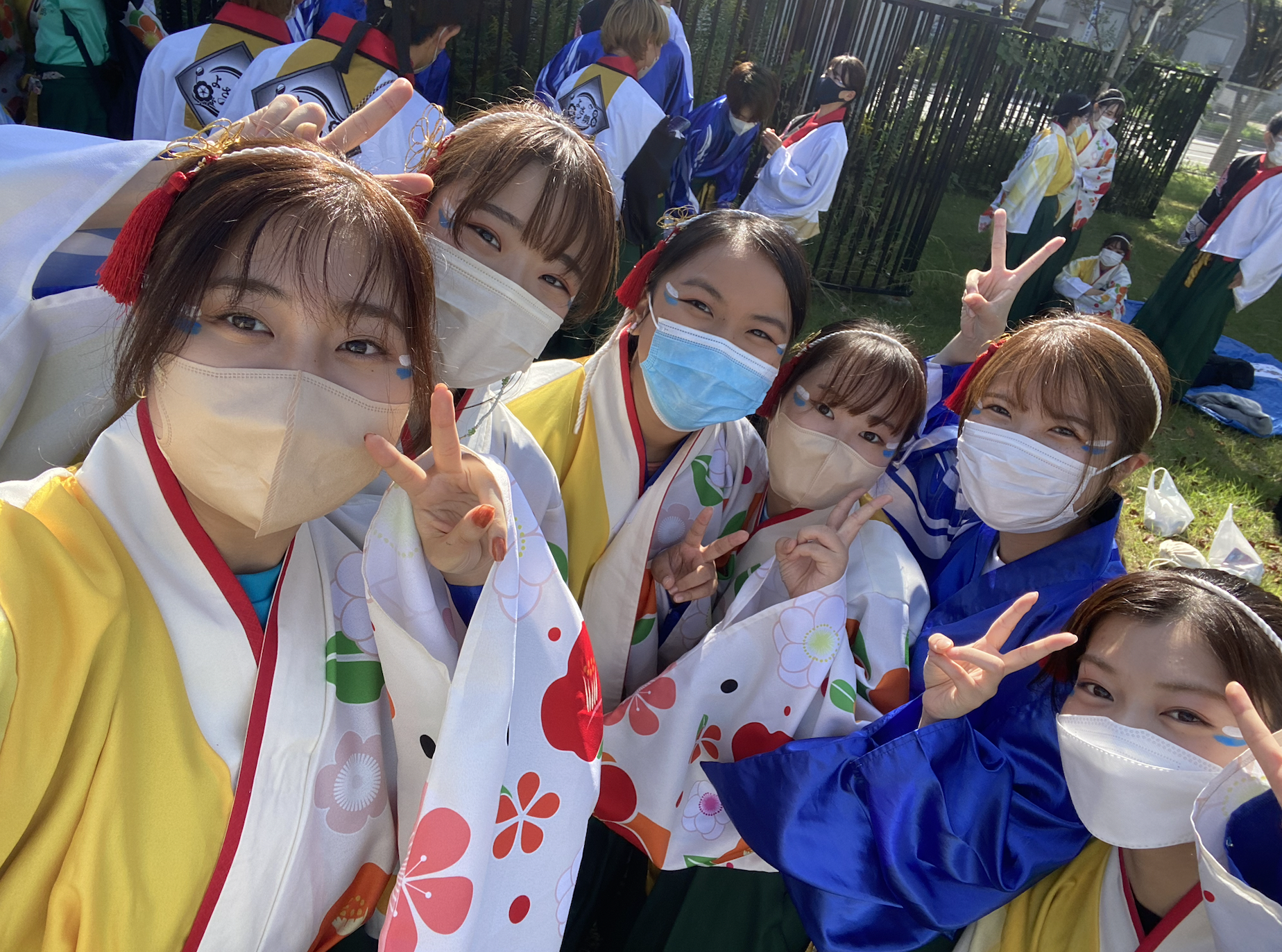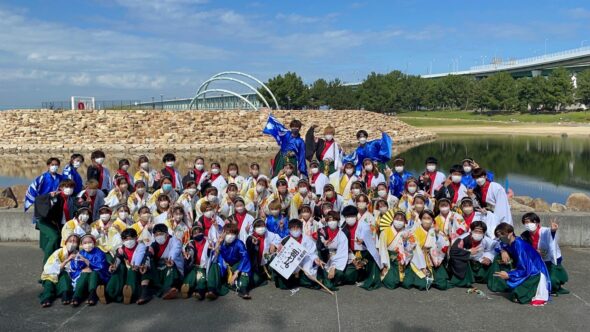During my time at KCJS, I actually participated in two separate CIPs, although I had much greater success and enjoyment with the second one I joined.
My first CIP was the Board Game Club at Kyoto University. I really enjoy playing board games with my friends and family at home, and when I saw on their Twitter that they played some games I was familiar with, I was excited to go try out some new games and get some Japanese practice in the process. Unfortunately, it was not exactly what I had hoped for. Firstly, this was more of a personal problem than anything, but the location I was living made the commute to and from Kyoto University incredibly inconvenient, and given that their meetings were held more in the evening, I always had to make sure I had enough time to go to the club and then make it home in time to do everything else I had to do for classes. In addition, the other members of the club were rather untalkative for the most part, and even though they talked a bit more with one another, likely due to the fact that had known each other for longer and were in general more comfortable talking with people who spoke native Japanese, it was for the most part a rather quiet atmosphere, which was not very conducive to me getting in speaking practice. By far the biggest issue was the language barrier issue, which, especially when it comes to explaining game rules, was a much bigger issue than I had anticipated it being. There were a couple times when I would ask someone if they could please repeat something, and it was clear that they were a bit frustrated by my not being able to understand the first time. Again, perhaps over time they might have gotten more comfortable with me and my language skills would have improved to the point where we could communicate more easily, but with the limited time I had and the general untalkativeness of the club members, I would only recommend this club if you absolutely love board games and have the confidence in your language skills enough to play them with Japanese natives.
After much deliberation and some searching of old CIP reports, I decided for the rest of my time here to settle on volunteering at Bazaar Café, a small café very close to Doshisha’s campus. Prior to joining, I had actually visited this café once with some friends, and the relaxed atmosphere and friendly staff made me encouraged that this would work out much better than my previous CIP choice. Sure enough, when I showed up the work for the first day, the other staff members were very kind in showing me what to do, and, best of all, they asked me a lot about myself, allowing me to get a good amount of Japanese practice in, while also being able to experience what goes on in the kitchen of a café. I mentioned before that it was a fairly small and secluded café, and this meant that in general, there was never a big rush in the kitchen, creating a very casual and relaxed mood for me. In between orders, I was able to chat with the other staff about their lives, and opposed to the game club, there was not nearly as much slang being used, making it much easier for me to understand. If you have absolutely no idea what you want to do for your CIP in the future, I highly recommend Bazaar Café. You get to see a bit of how a small café runs from the background, and you might not be getting paid for what you do, but the work is not at all difficult, and the language experience is more than worth it.



